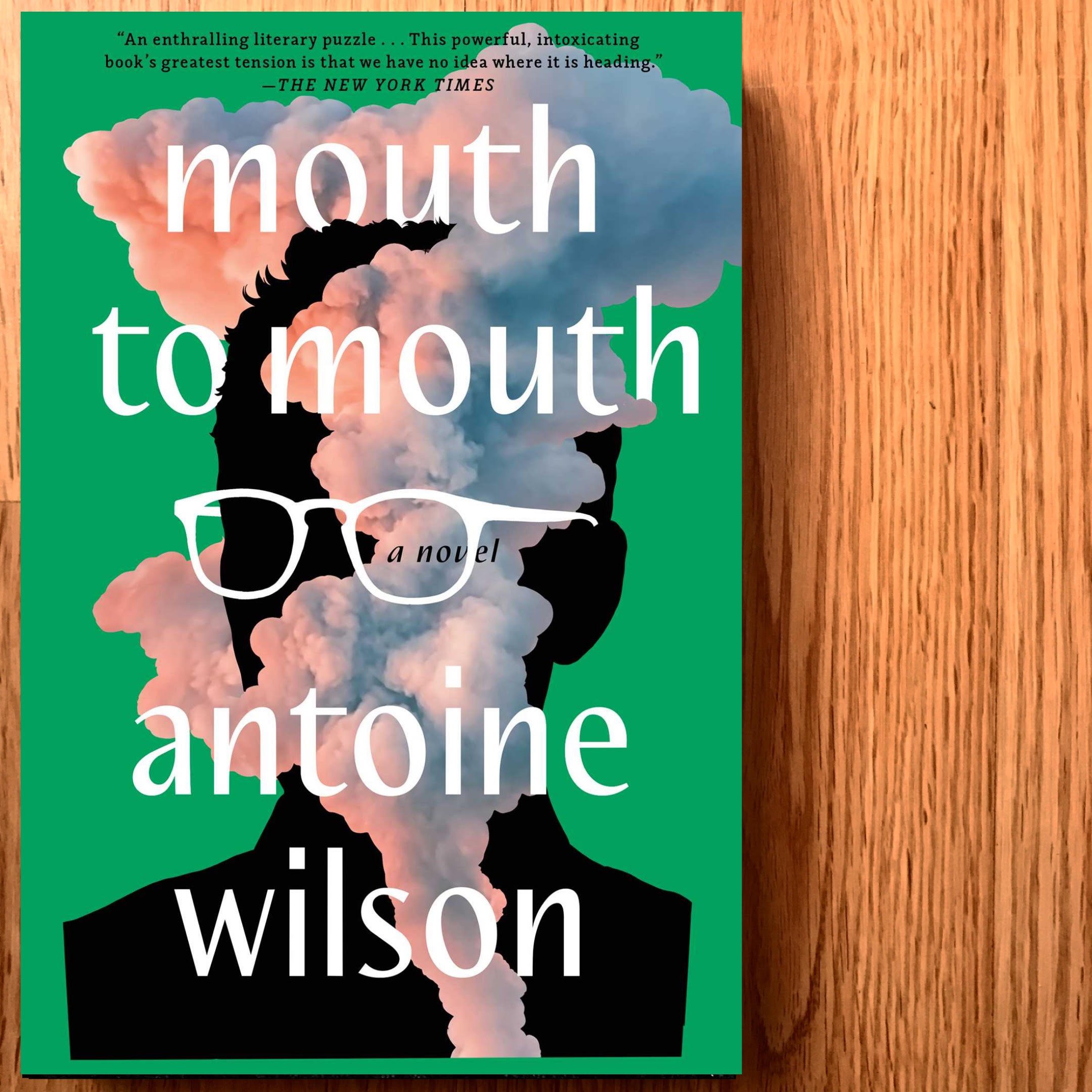By Fayth Simmons
In Novelist as a Vocation, acclaimed long-time writer Haruki Murakami lends the reader an intimate glance into the purpose and process behind the art and science of storytelling. Functioning as a sort of instructional memoir, Novelist as a Vocation allows Murakami to showcase his thoughts regarding the factors, both innate and practiced, that he feels have allowed for his continued success within the realms of writing and publishing. With a career spanning over four decades, he has gathered a wealth of knowledge pertaining to the inner workings of the industry and has developed an understanding of what he feels constitutes a successful methodology towards writing a novel.
Using thematically categorized essays to deliver his thoughts, Murakami touches on topics important to the writing life in an objectifiable way that is succinct but not without empathy. Taking care to note that his thoughts are personal to his own methods and style of working, he shares insights relating to his daily writing practices and overall lifestyle while ruminating on the trajectory of his career thus far. He describes what he feels are the common denominators of the typical writer, and places emphasis on the time-consuming and oftentimes intangible aspects of the nature of writing.
Murakami’s delivery is thoughtful and well-aimed towards the aspiring writer, though, they should not be considered limited in its potential reach towards a less specific population. His musings on identity, purpose, and language speak to universal longings and considerations. This is a purposeful work rooted in a strong sense of personal awareness by way of Murakami, and the result is both insightful and enlightening.
Exploring the nuances of his career, he translates and projects his summations onto the page in a humble way that resonates. He is sensitive to the impalpable hurdles that face those wishing to express themselves through the stylistic imagery of the novel, as it exists as a physical vehicle of refined communication. Murakami describes the workings of such a vehicle, how he has utilized it, and how he has personally understood its function within the wider bounds of society.
Novelist as a Vocation is representative of Murakami’s reflections in such a way that so often epitomizes the memoirist form—each essay leaves the reader with a stronger sense of the writer behind the words and the context is extracted from within personal rumination and indirect instruction.
Thank you to Penguin Random House for the complimentary copy in exchange for an honest review.













